Welcome message from the conference organizers:
It is with great pleasure that we update you on progress on the first Congress to bring together the global One Health and EcoHealth communities for One Health EcoHealth 2016. Our program is now 90% complete and we encourage you to check it out here www.oheh2016.org/program
The Congress will be a ‘meeting of the minds’ for researchers, policy makers and practitioners who are working towards more integrated approaches and effective responses to complex global health challenges. We think our program brings together a formidable array of outstanding science, knowledge and expertise and will excite anyone committed to innovation and better ways of working in global health management.
We have attracted prominent speakers from diverse scientific backgrounds and had an overwhelming response to our call for papers and posters. We are ‘blown away’ with the quantity and quality of submissions and thank everyone for their contributions.
From the outset we have focused on gender equality – and will continue to do so as we hone the final program.
We therefore warmly invite you to participate in what will be an amazing, rich global forum for learning, networking and collaboration. You will interact with colleagues from diverse backgrounds and with a common interest in protecting and promoting public, animal and ecosystem health.
More than 1,000 experts will gather to deliver 9 plenary presentations, 200 oral presentations and 780 poster presentations. The science, ideas and thinking draw on diverse expertise from more than 60 countries.
Following the Welcoming Ceremony on Saturday 3 December, plenary sessions will be held each morning of the next four days focusing on specific themes:
- Creating a healthier world
- Food and nutrition systems – feeding our world safely and sustainably
- Responding to emerging diseases and invasive species
- Integrating science, policy and action.
Across these themes, the many presentations will consider pressing global issues associated with climate change, food and water security and antimicrobial resistance. They will address zoonoses, environmental sustainability, education, the benefits and impacts of One Health and EcoHealth approaches, and all forms of health – population and environmental health, Indigenous health, ecosystem and ecological health, ocean health, domestic animal and wildlife health, the social, cultural and ecological determinants and dimensions of health – and much more.
There will also be symposium and discussion panels on hot topics such as:
- Ecological Health, biodiversity loss and the future of planet earth
- The Global Outbreak and Response Network (GOARN)
- Non-communicable diseases and the energy rich food system
- Education into Action: Building One Health Capacity in Asia
- Strengthening biosecurity systems
- One Health in Action: What’s Working and Why?
Daily special events will encourage networking and learning – about One Health, EcoHealth and Melbourne as a destination to visit and explore.
There will be a welcome reception, Congress dinner, guided early morning city and river walks, a PechaKucha for students, opportunities to speak with Indigenous Elders and breakfast talks. Pre-Congress workshops are also on offer in Melbourne, Sydney, Brisbane and Geelong.
We hope that you can join us for what will be an exciting Congress program in Melbourne. Selected recently as the most livable city in the world, Melbourne is renowned as a global science and cultural capital. Melbourne and the surrounding area offer everyone something in which to delight.
We look forward to meeting you in December 2016.
Learn more about One Health EcoHealth 2016.







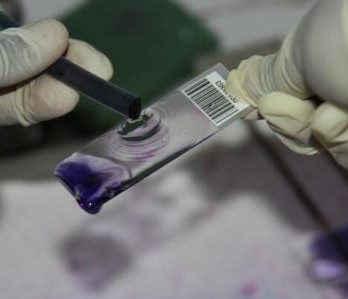
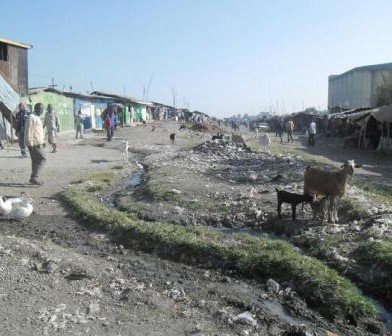
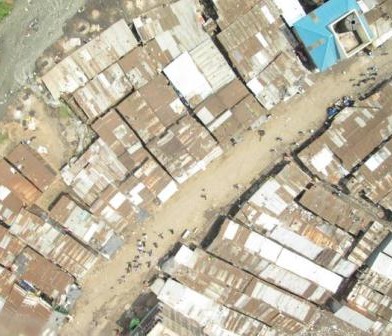
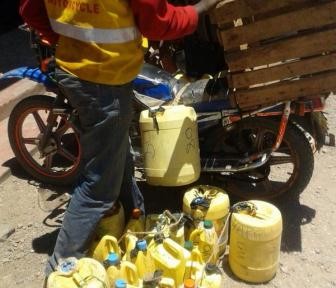
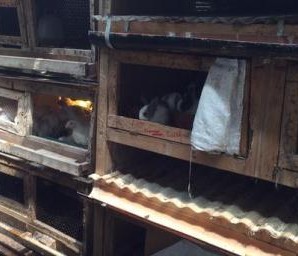
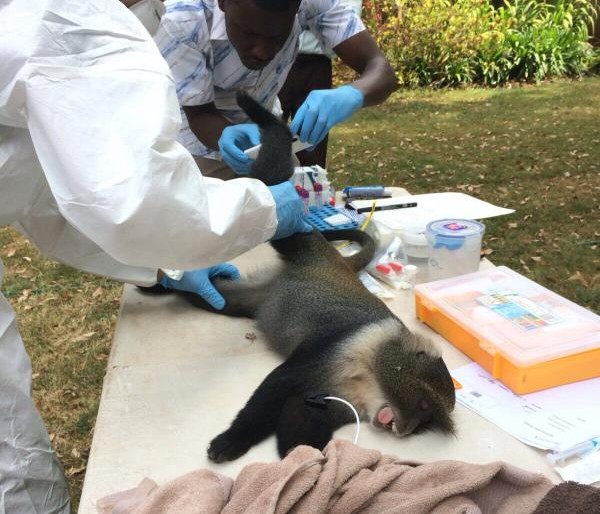
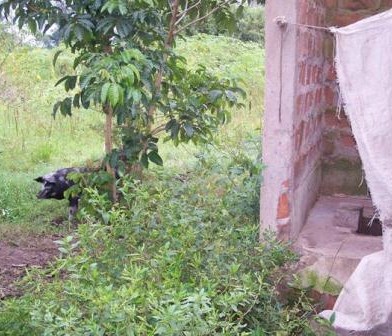
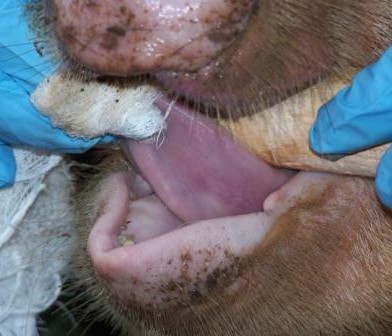
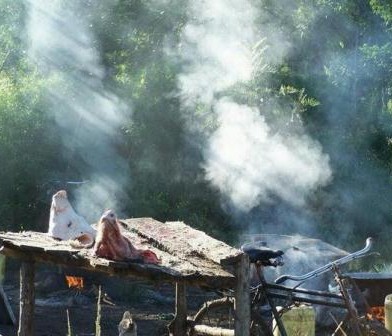

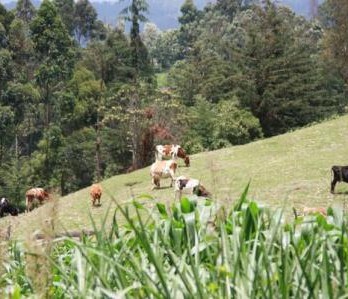
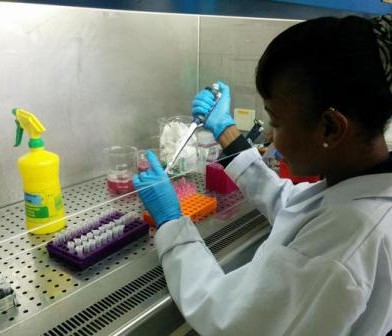
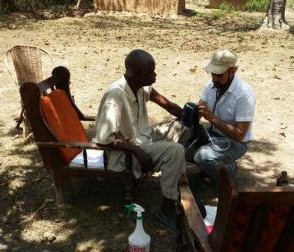
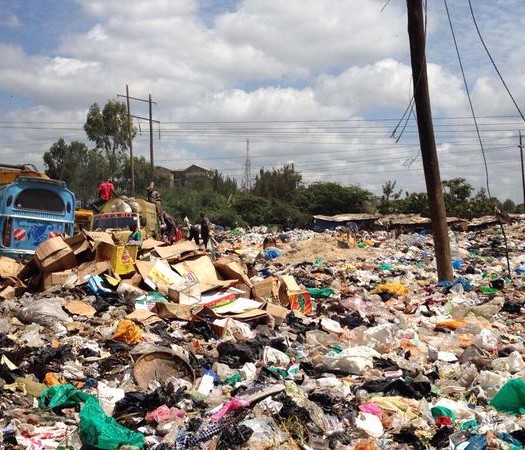
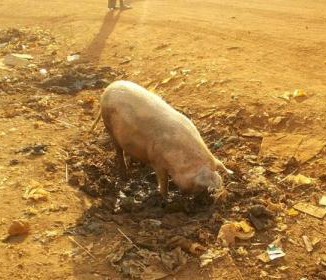
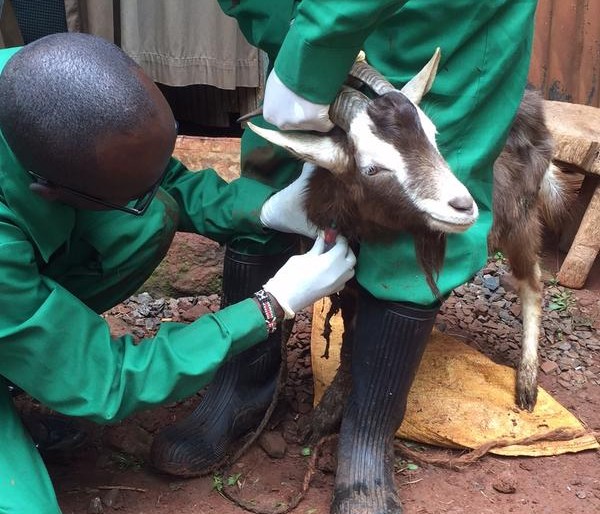
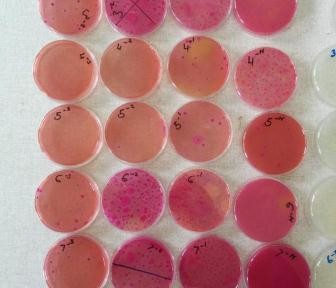
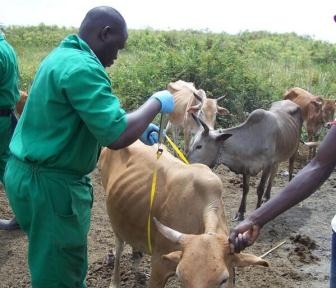
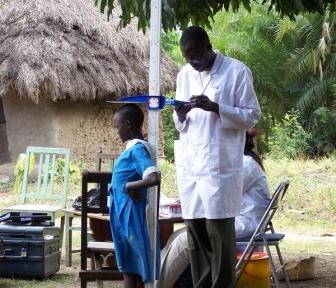

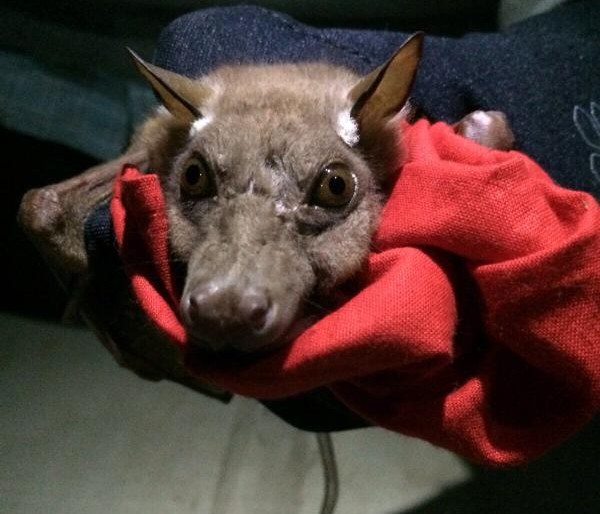
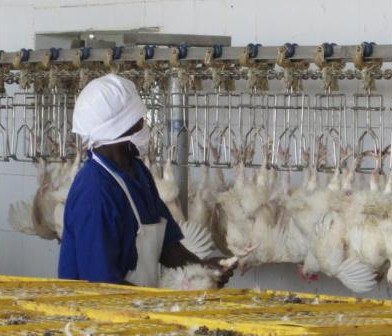
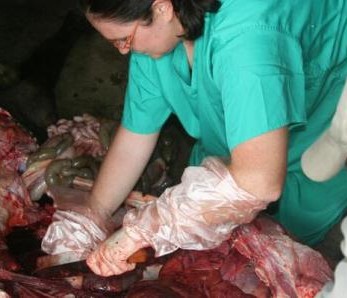
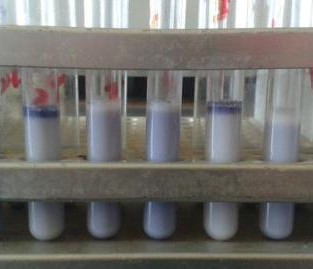
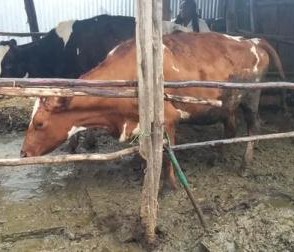
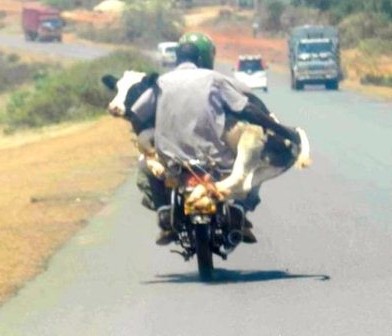
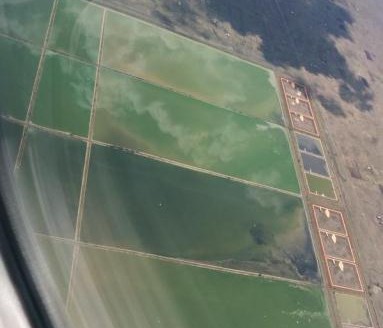
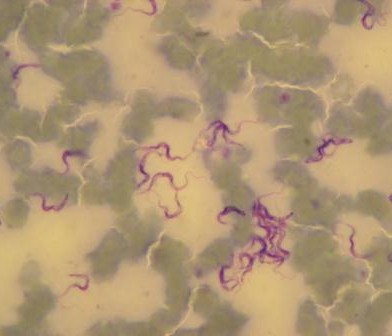
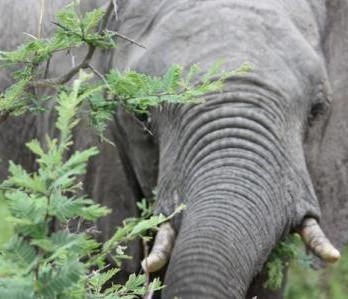
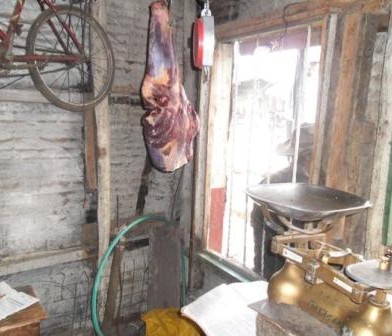
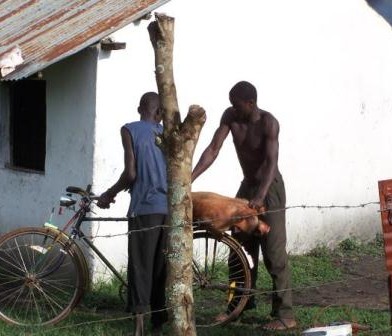
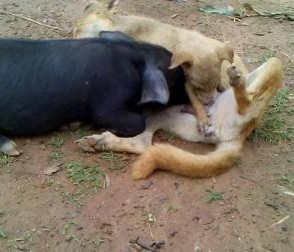
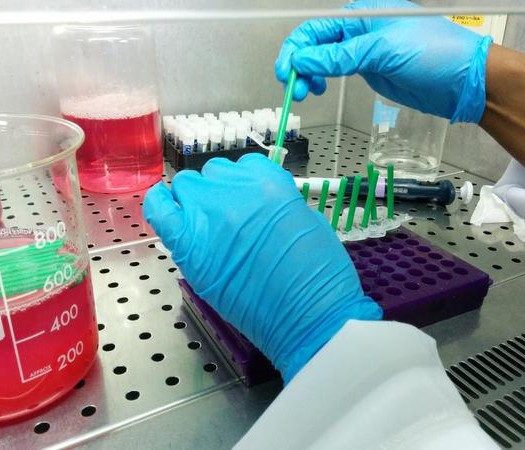
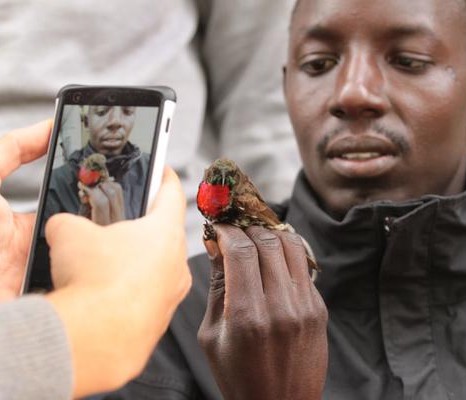
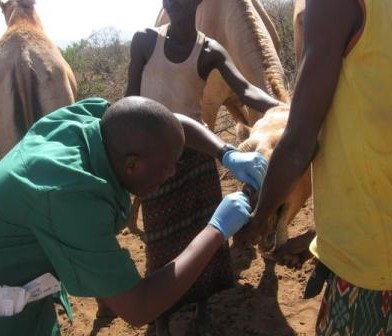
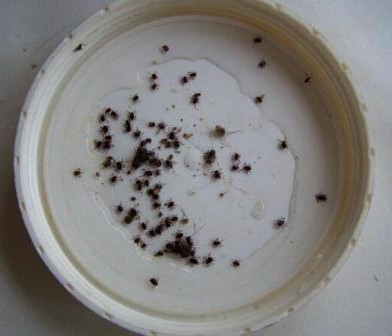
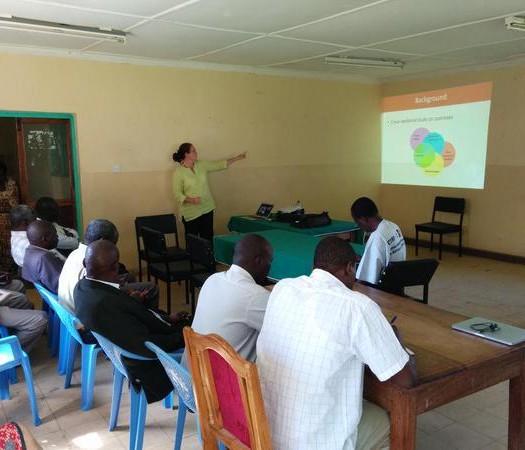
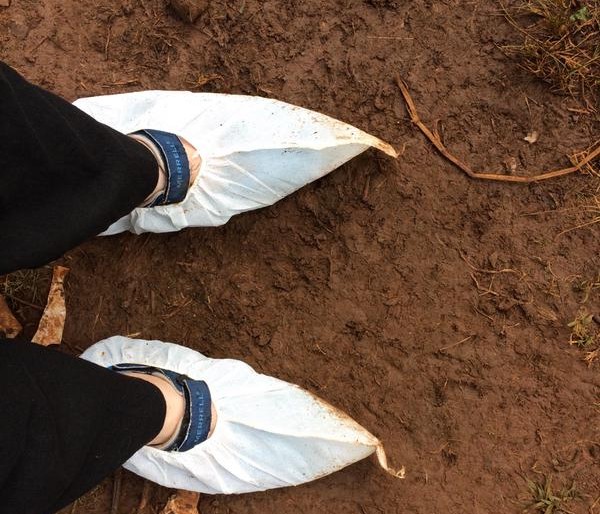
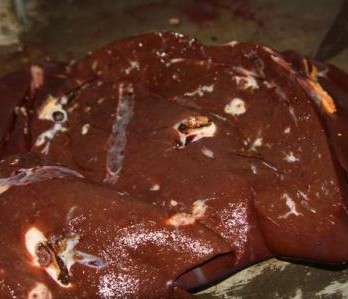
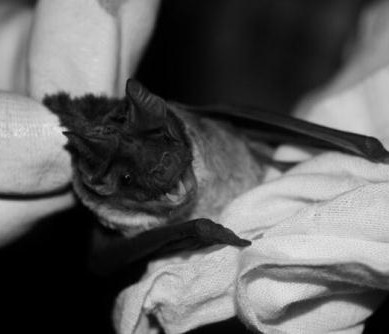
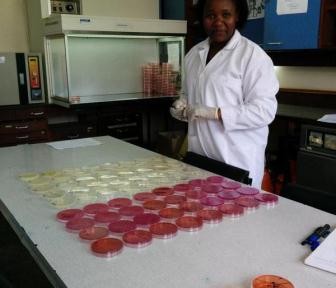

You must be logged in to post a comment.